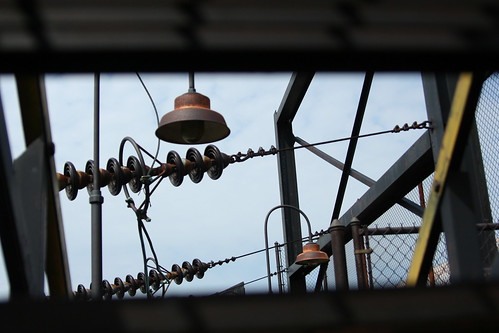The first, nineteenth-century industrial revolution began with mill-building along the rivers of New England in the eighteenth century. It grew to encompass a wide network of canals and rivers. The decline of early industrial towns today leaves few traces of decline, relative to the second industrial revolution.
The second industrial revolution, a revolution in scale, was predicated upon the vertical and horizontal integration of steel, rail, and labor across segments of the economy. Its foundations laid in the financial revolutions of the 1870s, the second industrial revolution transformed America, reaching its apex with the growth of the military-industrial complex after World War II. By the 1970s and 80s, however, its decline wrote ruin upon the industrial towns of the Midwest at a scale unprecedented in the history of America.
This conversation, recorded on the road in Western Massachusetts, offers an on-the-fly description of salient differences between the kinds of towns that America built during the first and second industrial revolution.
In Rust Belt Tour '09, scholar Jo Guldi and activist Simon Strikeback traveled the landscape between Flint, Michigan and Holyoke, Massachusetts, documenting the foreclosures, arsons, vacant lots, anarchist squats, community gardens, and revitalization projects across eleven cities.
Subscribe to:
Post Comments (Atom)

No comments:
Post a Comment